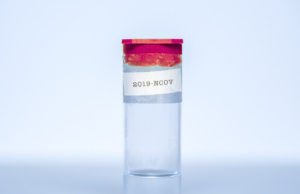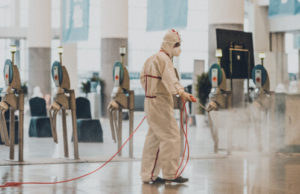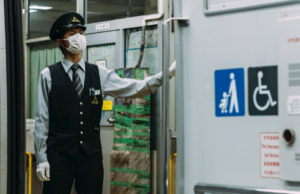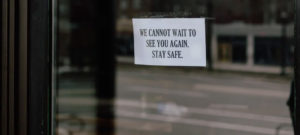If you’re on here, you probably know what the world’s been like for the most part. Imagine being one of those people who went for a months-long off-grid spiritual retreat, and returning to a world that’s (sometimes literally) on fire, in the middle of a pandemic, and clad head-to-toe in either bulletproof vests or medical-grade protective equipment. How would you explain that without going full Pepe Silvia on our hypothetical ex-hermit? It’s definitely a lot to take in, but we all have to catch up.
Even for the most rugged of loners, it’s hard to skirt around the fact we live in a society– cue a sad Joker face. Whether it’s the everyday tedium of going to and from work, or having to pop your head out of the proverbial foxhole for a quick supply run, we’re going to have to confront the danger of an open pandemic sooner or later. When we do, it’s probably a great idea to be prepared for whatever trouble could come your way.
PPE use has been endorsed by regulating bodies like OSHA or the CDC, and the general public seems to be complying with their guidelines– at least most of the general public. The support is definitely there, but at a time where stakes are this high, we need to be doubly sure of the measures we take for our safety. Sure, you’ve got the gear– but are you using it correctly? Here are some tips from the CDC!
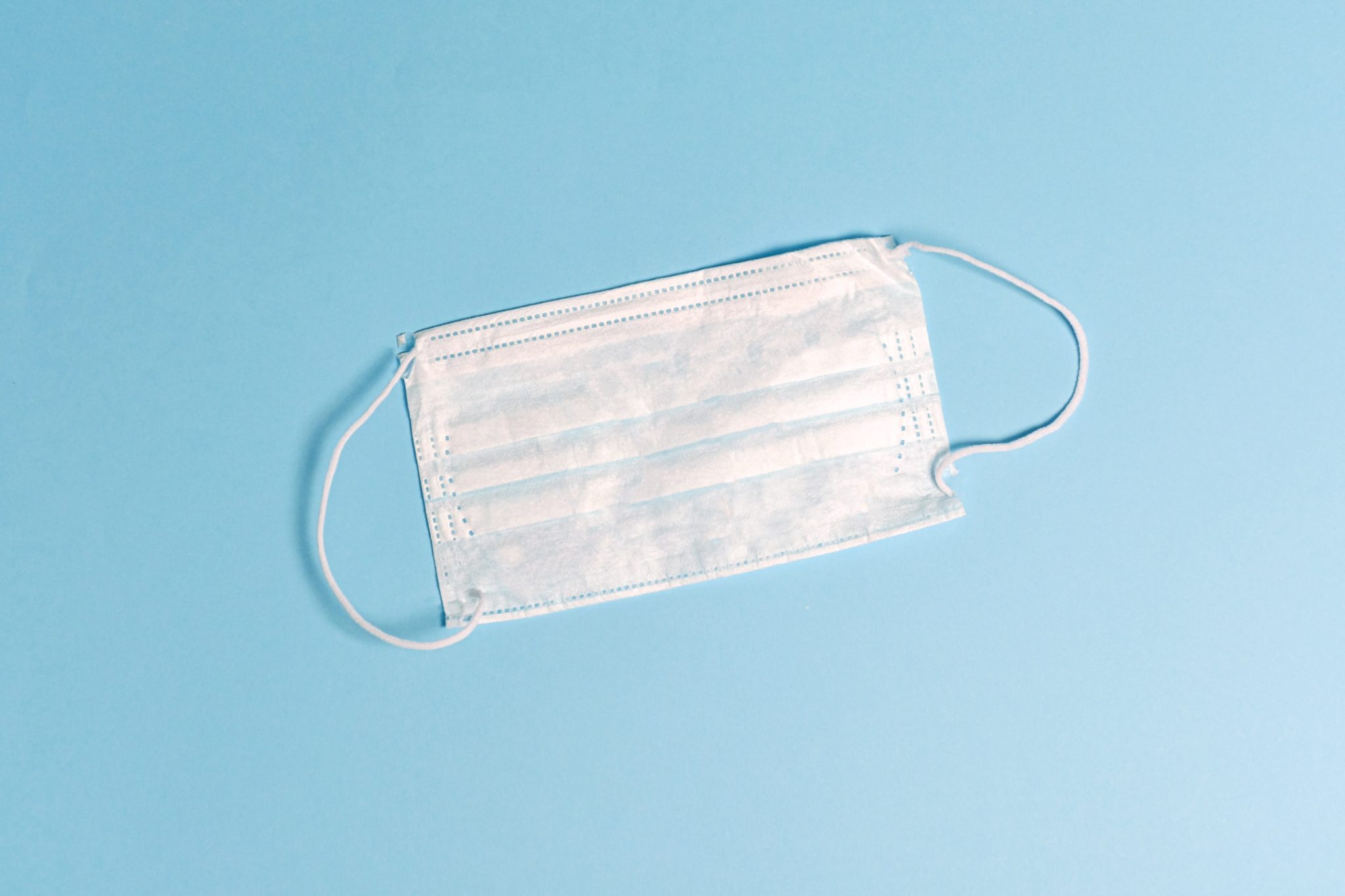
Suit up, everyone!
Bear in mind, these CDC guidelines are generally aimed at medical professionals, but it’s worth noting that the logic behind these steps should apply to anyone looking to stay safe from COVID-19. We’ve all got to leave the house at some point, so every little bit of protection counts.
Quick tips:
- Figure out what PPE you need for the tasks you want to accomplish. If you’re going to be handling people or moving around spaces with higher likelihood of COVID-19 transmission like hospitals, transport hubs, or malls, you may want to adjust accordingly. A mixed fabric mask is fine for minimal contact, but if it gets busy, consider medical-grade masks like N99s or N95s. Gloves are a good option if you’re doing a lot of manual tasks.
- Clean your hands. Wash them down with soap or alternatively, sanitizer or some form of disinfectant.
- If you’re headed into a densely populated area with lots of traffic, or possibly higher likelihood of positive cases, you may want to put on a gown or something that covers you up and prevents any stray droplets from seeping in.
- Here’s where the mask comes in. When you put your mask on, make sure it forms a seal around the sides of your nose and mouth as well. Respirator-equipped masks are a good investment. For an added layer of protection, a face shield will also come in handy– as well as eyewear if necessary.
- Put gloves on, if necessary. You may now touch stuff!
- Now that you’re decked out, you can now do the work you set out to do. Stay on top of your PPE game, and that’ll make you as safe as you could possibly be under the pandemic’s new normal!
